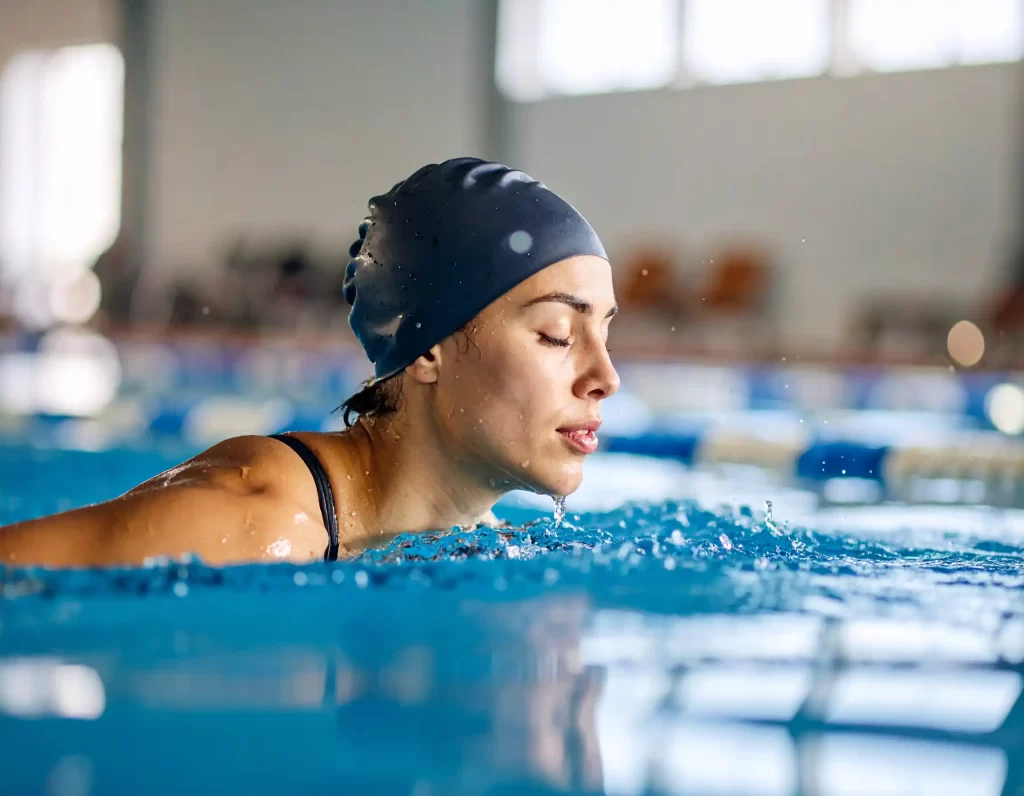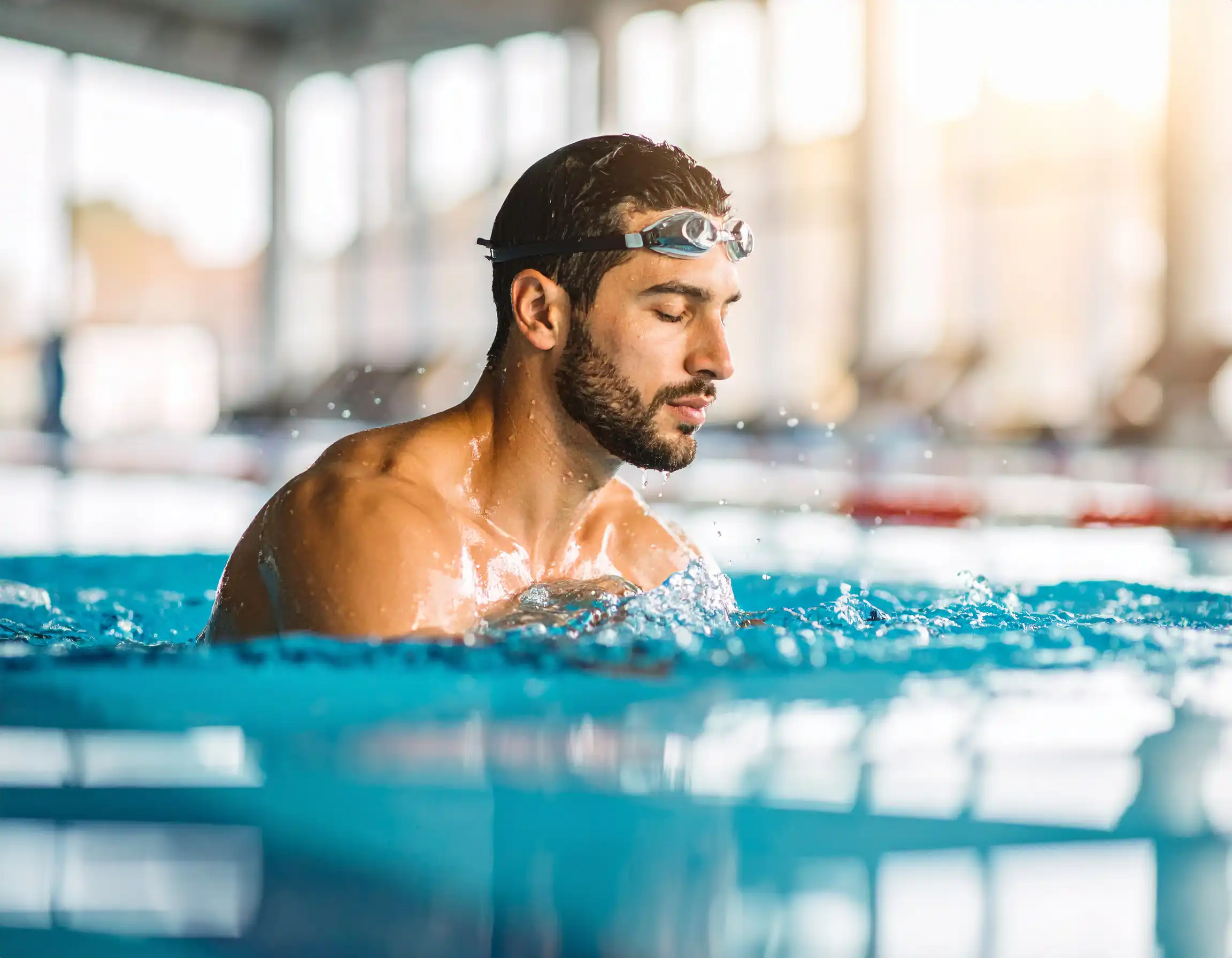For many beginners, swimming can feel overwhelming. I tried many times to get into it, but I always struggled to match the effortless smoothness I saw in athletes on TV. (Of course, I still don’t swim like them—but at least now I don’t feel like I’m drowning!) There’s just so much to think about: breathing, timing, stroke mechanics, and body position all at once. One unexpected (and simple) technique that can help improve swimming technique and body awareness is this:
Close your eyes.
It might sound odd, even uncomfortable at first. But swimming with your eyes closed, even for short intervals, can sharpen your senses, correct imbalances, and help you develop a more efficient stroke.
The Power of Sensory Deprivation in Swimming
When vision is removed from the equation, the body naturally heightens its awareness of other sensations—like water resistance, balance, and movement. This is called sensory deprivation, and it can be a powerful training tool in the pool.
What Happens When You Close Your Eyes:
- You become more aware of how your body moves through the water.
- Small imbalances or asymmetries become more noticeable.
- You learn to feel your stroke, rather than just watching your form.
- Your brain shifts focus to the rhythm, timing, and feedback from your body.
For beginners, this can be a game-changer in building better technique without needing complex drills or equipment.
How Closing Your Eyes Can Improve Your Stroke
1. Builds Better Body Alignment
Without visual cues, it becomes easier to notice if the body veers off center. Many swimmers unintentionally favor one side, and swimming with eyes closed quickly reveals these tendencies.
Tip: Try swimming a few strokes with eyes closed and notice if you drift left or right. This can signal an imbalance in your stroke or kick.
2. Enhances Stroke Symmetry
Feeling is believing. When the eyes are closed, the body’s internal cues become clearer. Are both arms pulling equally? Is your rotation even? These questions are easier to answer when the focus is turned inward.
3. Improves Kick Awareness
Many beginners kick from the knees or lose alignment through the legs. Swimming blind helps highlight whether the legs are in sync or trailing out of rhythm.
Tip: Start with short intervals—try 3 to 5 strokes at a time—then open your eyes to regain orientation.
4. Encourages Relaxation and Flow
Letting go of the need to constantly monitor technique visually can lead to smoother, more confident strokes. It trains your body to trust the movement.

How to Try It Safely (and Effectively)
This drill works best when approached intentionally and with caution:
- Start in a safe lane or shallow end, ideally with a coach or lifeguard nearby.
- Begin with eyes closed for just a few strokes—3 to 5 is enough.
- Focus on freestyle at first, as it’s easiest to feel alignment and flow.
- Try it during warm-ups or cooldowns, when the pace is slower.
- For extra feedback, pair it with fins or pull buoys to isolate movement.
Important: Never try this in open water or without supervision.
When to Use This Drill
- During technique-focused sessions
- When learning a new stroke or skill
- To fix stroke imbalances or improve alignment
- When training to build swimming mindfulness
It’s a simple but powerful way to reinforce body awareness without overthinking.
Closing your eyes in the pool might feel strange at first—but that’s exactly the point. It removes distractions and brings you back to the core of swimming: movement, rhythm, and body control.
For beginners, it’s not about swimming blindly—it’s about learning to feel the water. And when you do, everything starts to click.
